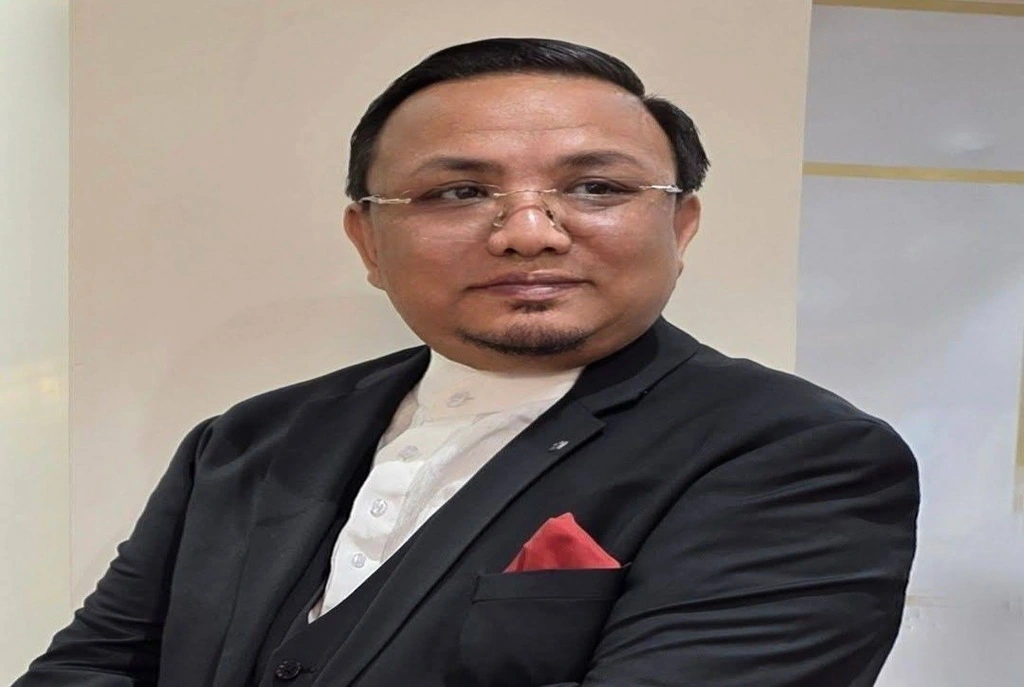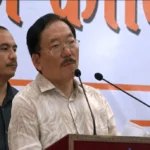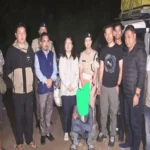Darjeeling MLA Neeraj Zimba dropped a political bombshell on July 5, 2025, with a sharply worded letter to Prime Minister Narendra Modi opposing the merger of Darjeeling and Sikkim. The letter, which cites constitutional, strategic, and political risks, has reignited a decades-old debate over identity, borders, and autonomy in India’s volatile eastern Himalayas.
Constitutional Risks, Strategic Threats, and Gorkhaland’s Unfinished Battle Fuel Himalayan Political Firestorm
Zimba, a BJP MLA and secretary-general of the Gorkha National Liberation Front (GNLF) called the merger proposal “constitutionally unsound, strategically risky, and politically misdirected.” His opposition clashes directly with former Kalimpong MLA Harka Bahadur Chhetri, who wrote to Modi in June advocating for unification based on shared Gorkha ethnicity and history.
The dispute isn’t just political. It’s a tinderbox. Sikkim, which was annexed by India in 1975, enjoys special protections under Article 371F, while Darjeeling has been fighting for a separate Gorkhaland state for over a century. Add China’s historical claims to Sikkim, and the Siliguri Corridor’s strategic importance and Zimba’s letter becomes a flashpoint in one of India’s most sensitive regions.
Reason 1: Article 371F – Sikkim’s “Sacred Shield”
Zimba’s first argument hinges on Sikkim’s unique constitutional status. Article 371F, negotiated during Sikkim’s 1975 merger, safeguards its land rights, cultural identity, and legislative autonomy. Any merger with Darjeeling, Zimba warns, would dilute these protections and trigger legal chaos.
Why It Matters:
- Land Rights: Sikkim’s laws restrict land ownership to Sikkimese natives, a protection Darjeeling’s multi-ethnic population could disrupt.
- Political Backlash: Sikkim’s ruling SKM party has repeatedly rejected merger talks, calling them “divisive” and a threat to the state’s identity.
- Precedent Risk: Tampering with 371F could embolden similar demands in other special-status states, such as Nagaland or Mizoram.
Sikkim’s government has already cracked down on pro-merger activism. On June 6, police arrested three Gorkha Seva Sena leaders for misusing Sikkim’s 50th-anniversary logo to promote unification, a move the state called a “grave assault” on its dignity.
Reason 2: The Siliguri Corridor – India’s “Chicken’s Neck” at Risk
Zimba’s second objection centres on geopolitics. Darjeeling’s merger could destabilize the Siliguri Corridor, a 22-kilometre-wide strip that connects India’s northeast to the mainland. China, which recognized Sikkim as part of India only in 2003, has previously claimed the region. A ddestabilizedDarjeeling-Sikkim border, Zimba argues, could invite external interference.
Security Nightmares:
- China’s Shadow: Beijing’s 1967 attack on Nathu La (Sikkim) and its lingering claims make the region a security hotspot.
- Insurgent Exploitation: The area borders Nepal and Bhutan, where cross-border militant groups operate. In 2025 alone, India reported 273 insurgency-related deaths in the northeast.
- Military Hub: The Indian Army’s 33 Corps is headquartered in Sukna, near Darjeeling. A merger could force costly realignments.
“Merging Darjeeling into Sikkim isn’t redrawing maps. It’s inviting chaos in a missile’s flight path,” a retired army officer told on condition of anonymity.
Reason 3: The Gorkhaland Betrayal
Zimba’s fiercest critique targets the merger’s potential to derail Darjeeling’s century-old demand for Gorkhaland. “Let us not allow the legitimate demand for Gorkhaland to be diluted,” he wrote, accusing merger advocates of sidelining the Gorkha community’s aspirations.
Political Irony:
- Zimba, a BJP MLA, walks a tightrope between party loyalty and GNLF’s separatist roots.
- Public anger is palpable. Social media posts accuse leaders of “selling Gorkha identity,” with one user calling the arrests of pro-merger activists “bullying”.
The Gorkha Seva Sena’s arrested leaders, meanwhile, insist their fight is constitutional. Subash Mani Singh, detained for misusing Sikkim’s logo, claimed his group was “fighting for Gorkha rights”.
The Hidden Backdrop: A History of Broken Promises
The merger debate is rooted in a messy past:
- 1835: Sikkim’s king gifted Darjeeling to the British.
- 1975: India annexed Sikkim after a controversial referendum. RAW’s covert ops toppled the monarchy, and Article 371F was born.
Today, Darjeeling’s Gorkhas feel orphaned too Nepali for Bengal, too diverse for Sikkim. “We’re caught between two identities,” a Darjeeling shopkeeper said.
What’s Next? Modi’s Himalayan Dilemma
Zimba’s letter forces Modi to choose:
- Back Zimba: Risk alienating pro-merger Gorkhas and emboldening GNLF’s separatist wing.
- Ignore Him: Inflame Darjeeling’s statehood movement, which has seen violent agitations in 1986, 2008, and 2017.
With Sikkim’s government vowing to “protect 371F at all costs” and arrests escalating tensions, the Himalayas’ fragile peace hangs in the balance.
Final Thought:
In the Himalayas, politics isn’t just about votes. It’s about survival. Zimba’s letter isn’t just a rejection; it’s a warning.










